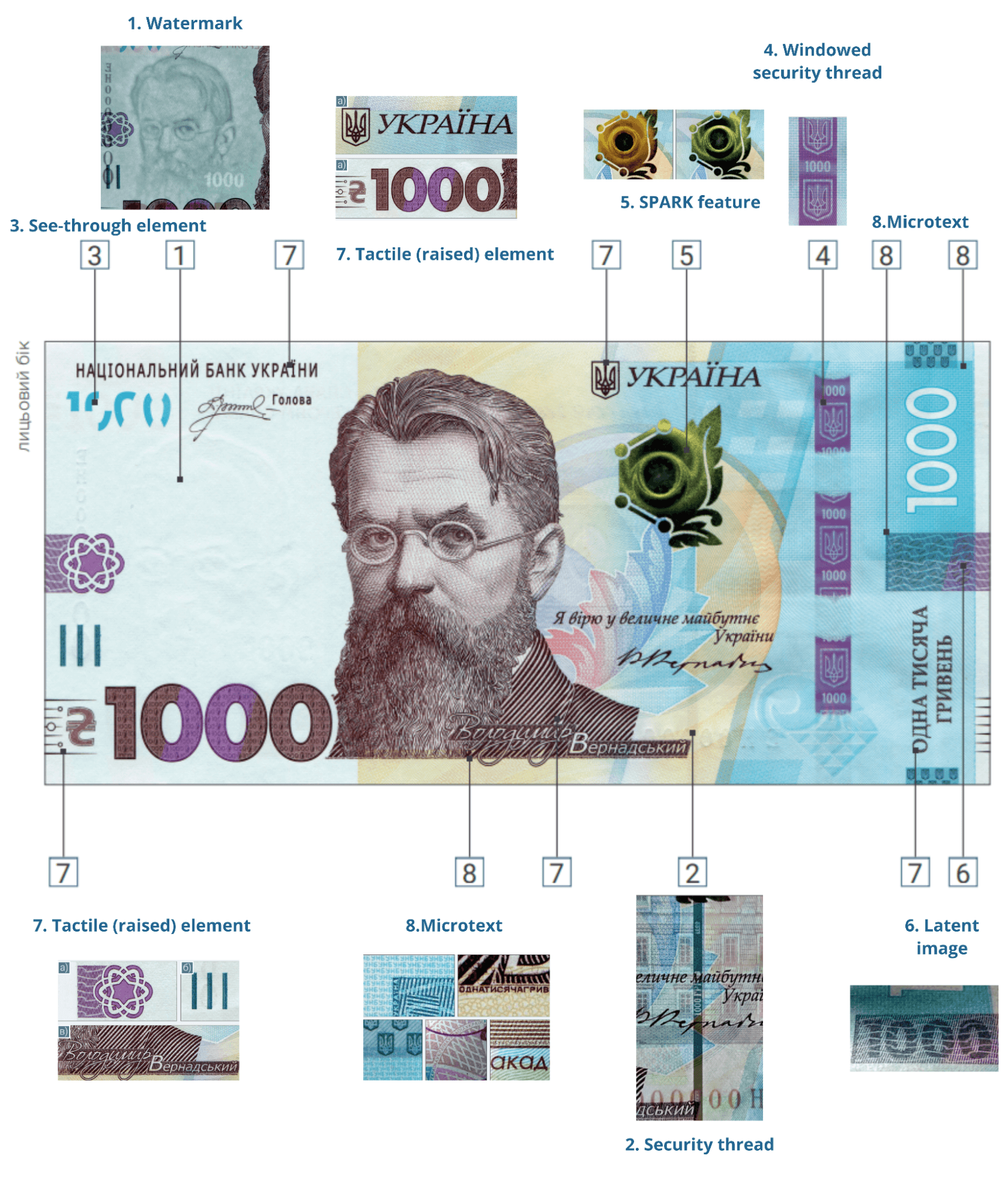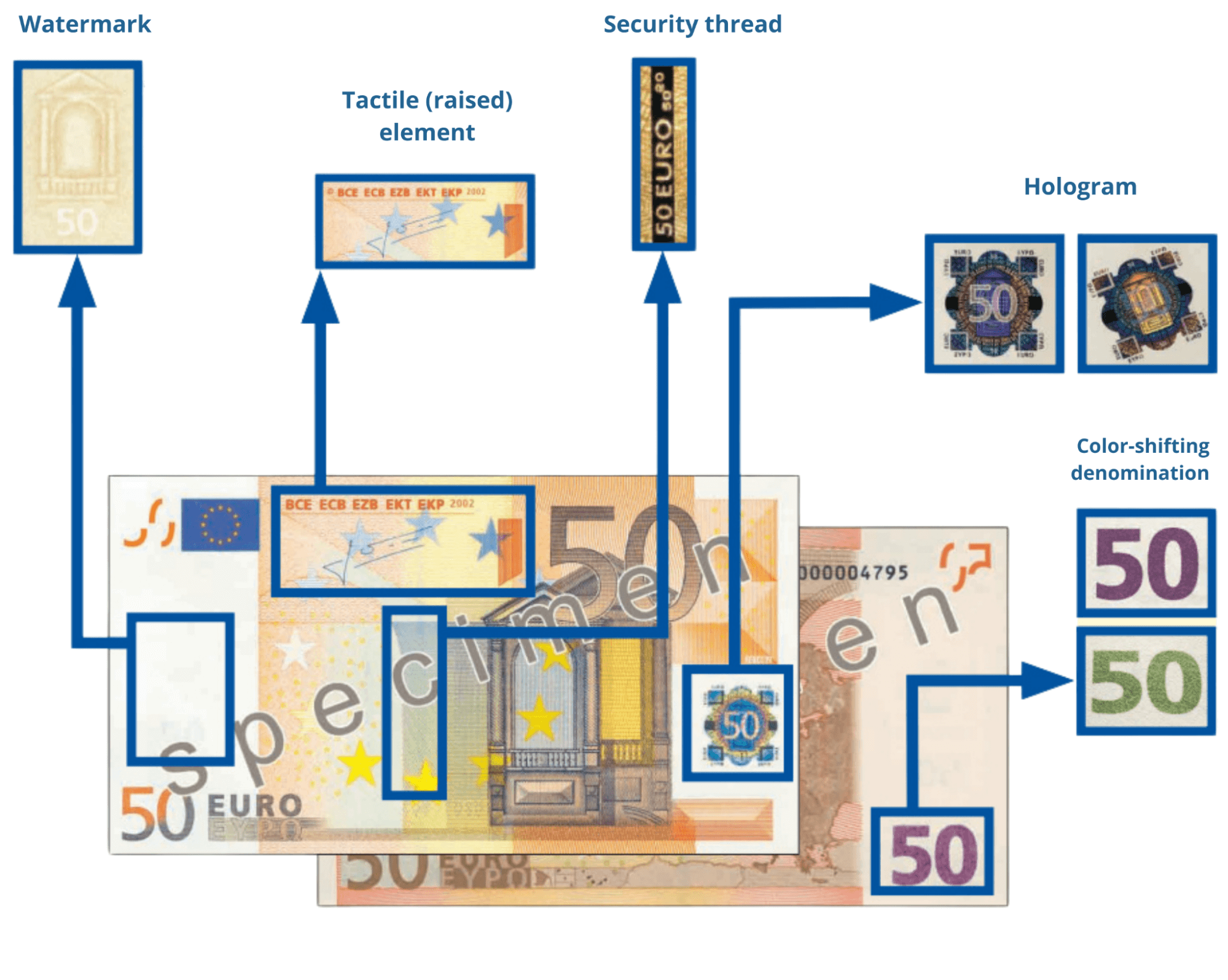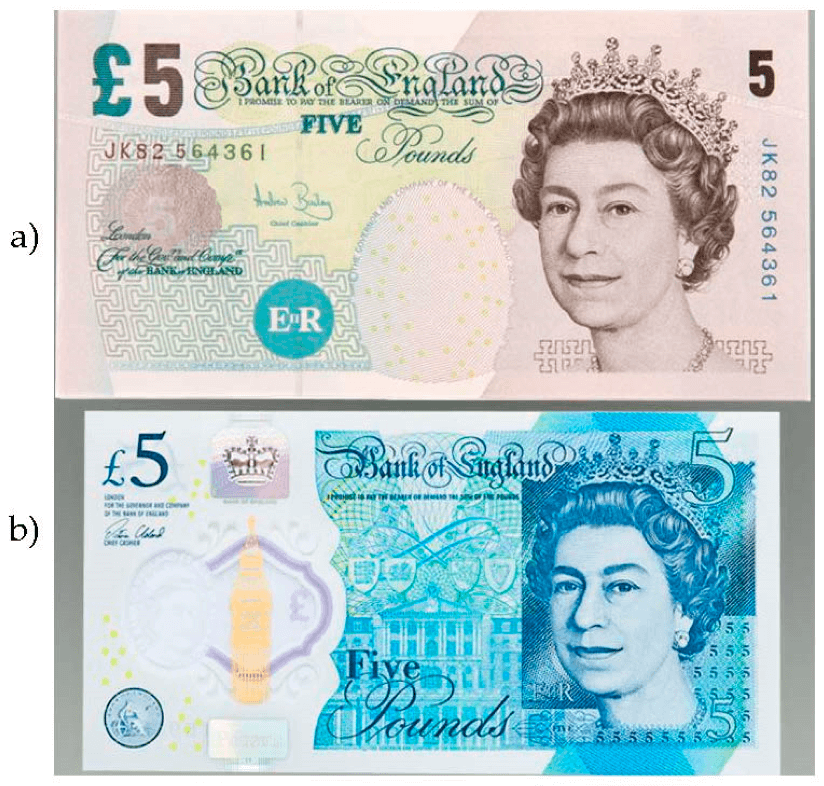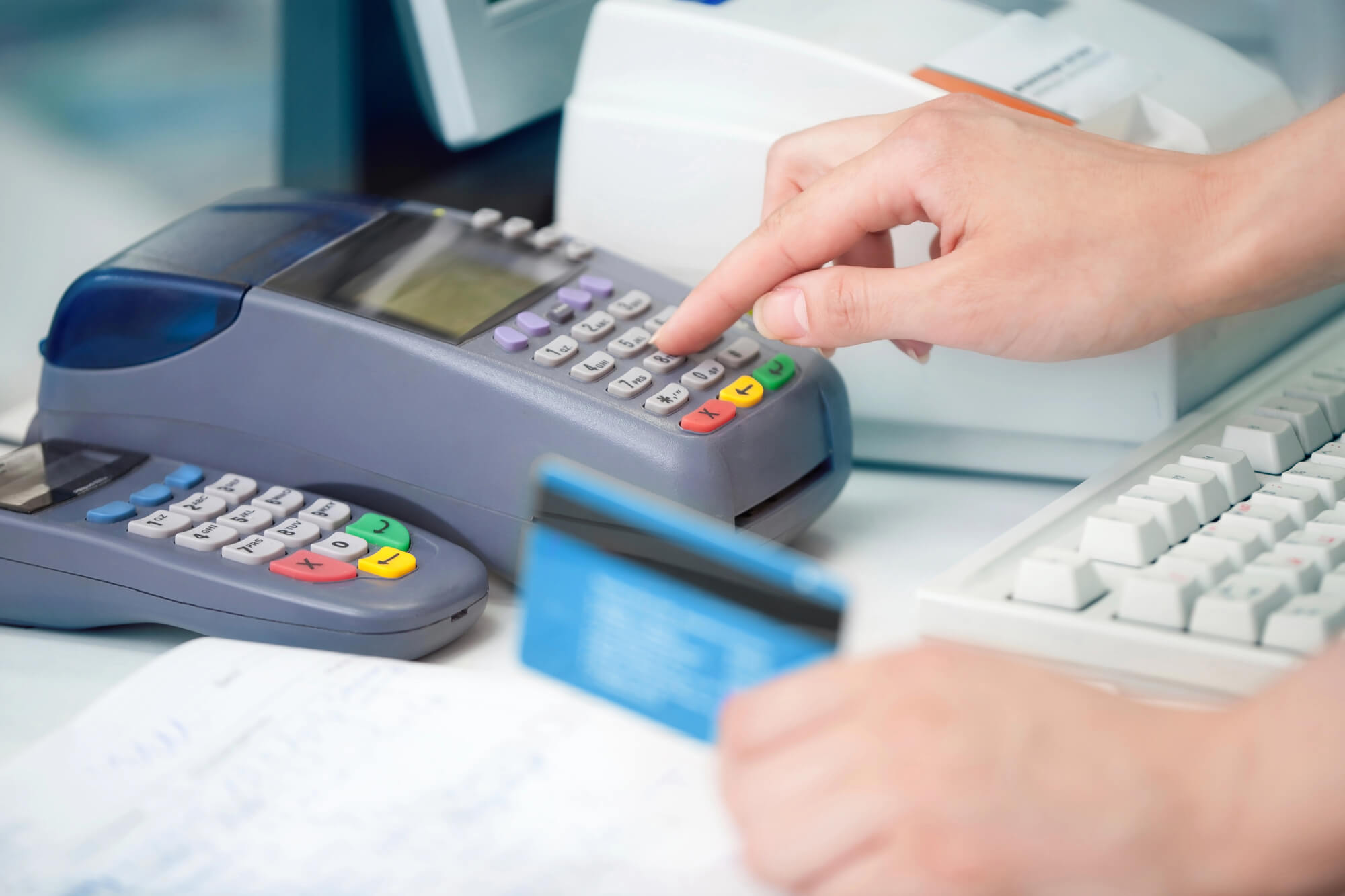In 2024, there were 5.1 counterfeit hryvnia banknotes for every one million genuine ones in circulation — still far below the levels seen with euros or U.S. dollars. However, this figure is double that of 2023, suggesting that counterfeiters have adapted to wartime conditions in Ukraine.
Over the past decade, the highest volumes of counterfeit hryvnia were detected during the COVID years — 2020 and 2021. Due to lockdowns and uncertainty, many people rushed to convert their savings into cash, fearing restricted access to their funds. In 2020 alone, the amount of cash in circulation (in monetary terms) rose by 26%, compared to an average annual growth rate of 14% over the past 24 years. Criminals seized this opportunity: the number of counterfeit hryvnia banknotes rose to 7.1 per million genuine notes in 2021, up from 2.9 in 2019 and 5.5 in 2020.
The full-scale invasion in 2022 disrupted counterfeiting operations just like it did many legitimate businesses — logistics broke down, supply chains for materials were cut off, and distribution channels collapsed. But by 2024, counterfeiters had adapted to the new reality, pushing the volume of fake currency back up to nearly the same level as in the COVID era of 2020.
Figure 1. Number of counterfeit hryvnia banknotes detected annually per one million genuine banknotes in circulation
Counterfeit banknotes are most often detected in high-cash turnover locations such as supermarkets, fast food restaurants, public transportation, and even in ATMs that accept cash deposits. While banks are increasingly deploying advanced technologies to detect fakes, counterfeiters are also constantly adapting.
The most commonly counterfeited bills are older series notes — specifically, the 500-hryvnia note from 2006, the 200-hryvnia note from 2007, and the 100-hryvnia note from 2005. Thanks to enhanced security features, new-generation banknotes are significantly harder to forge.
Figure 2. Distribution of counterfeit national currency by denomination
Figure 3. Security features of the Ukrainian 1000-hryvnia banknote

Source: NBU
The showcase exhibition “Hryvnia: More Than Money” is open at the Ukrainian House until May 11, 2025.
Organized by the National Bank of Ukraine and the Ukrainian House National Center.
You can find the exhibition schedule and program at this link.
The vast majority of counterfeit foreign banknotes detected in Ukraine are U.S. dollars, while euros account for a much smaller share. Among fake U.S. currency, the most commonly forged denominations are the $100 and $50 bills. For euros, the €200, €100, and €50 notes are the most frequently counterfeited.
Figure 4. Denomination breakdown of counterfeit foreign currency withdrawn from circulation in Ukraine
Is 5.1 counterfeit hryvnia banknotes per million genuine ones a lot? For context, according to the European Central Bank (ECB), in 2024, eurozone countries detected 18 counterfeit euro notes per one million genuine ones. And that’s actually a strong result—back in 2014, the figure was 48 per million. One reason the euro remains a popular target for counterfeiters is its widespread international circulation. At the same time, the ECB continues to enhance banknote security and regularly introduces new safeguards to curb counterfeiting.
Figure 5. Number of counterfeit euro banknotes detected annually per one million genuine notes
Figure 6. Security features of the euro banknote

Source: European Central Bank
The first euro banknotes were introduced in 2002, alongside the launch of the EU’s common currency. They were issued in seven denominations — from €5 to €500 — all of which remain legal tender. A second series, known as the Europa series, was later developed to improve durability and strengthen protection against counterfeiting. Named after the mythological figure Europa, the series featured her portrait as part of its enhanced security design. These updated notes were gradually rolled out, although the €500 note has not been issued since 2019.
What makes the Europa series more resistant to counterfeiting than the original euro notes?
Raised print. In the first series, embossing was limited to only a few elements. In the new series, the main image, inscriptions, and large denomination numbers were made more raised.
Watermark. As before, holding the note up to the light reveals a watermark with the denomination. However, in the original series, it was simply the number and main image, while the Europa series added a portrait of the mythological Europa—making counterfeiting more difficult.
Security thread. In the original banknotes, a dark line visible when held to light included the denomination and the word “EURO.” In the new series, this was replaced by the euro symbol (€), making replication more difficult.
Hologram (SPARK feature). The original series featured a hologram displaying the denomination and euro symbol. In the Europa series, the portrait of Europa was added, providing an additional layer of security.
As of 2023, the counterfeiting rate for the U.S. dollar stood at 12.5 fake banknotes per one million genuine notes. At the upper estimate, the figure could reach 25 — but that’s still a major improvement compared to 2006 when the rate reached as high as 100 counterfeit notes per million.
The British pound sterling also remains a popular target for counterfeiters, with 25 fake notes detected per million genuine ones in 2023. However, the Bank of England reports a decline in counterfeiting thanks to the gradual withdrawal of paper banknotes since 2016 and the transition to more secure polymer notes.
Figure 7. Five-pound banknote in England: (a) paper version, (b) polymer version

Source: Rafiei, A., Karimi, A., & Bodaghi, M. (2023). Polymer Banknotes: A Review of Materials, Design, and Printing. Sustainability, 15(4), 3736.
A similar effect from the introduction of polymer banknotes was seen in Canada. During the 2010s, the country gradually replaced paper currency with plastic (polymer) notes, leading to a significant drop in counterfeiting. In 2004, 240 counterfeit notes were detected per one million genuine banknotes; by 2023, that number had fallen to just 7.
While Ukraine currently has no plans to introduce polymer banknotes due to high production costs, the hryvnia is still printed on durable material—special cotton-based paper. For the 1000-hryvnia denomination, the paper blend includes 20% linen, which further increases strength and resilience. Cotton paper is stronger and more flexible than wood-based paper, and adding linen makes it even more durable.
The ink used on hryvnia banknotes is also specialized—resistant to wear, washing, and exposure to high temperatures. As a result, the ink should never transfer onto fabric, wallets, or skin.
To deter counterfeiting, the design of the hryvnia is regularly updated. For example, the fourth-generation banknotes introduced in 2015 feature a windowed security thread, which changes the direction of the background pattern when the note is tilted, as well as SPARK elements — areas that shift color depending on the viewing point.
What to do if you suspect a counterfeit banknote
Ukrainian banknotes of the new generation contain more than 20 security features, allowing counterfeits to be detected without any special equipment. To check a banknote, simply hold it up to the light, feel it by touch, and tilt it at different angles. Detailed descriptions of the security features that should appear are available on the website of the National Bank of Ukraine. In 2021, the NBU launched the #AnatomyOfTheHryvnia campaign to help Ukrainians quickly identify counterfeit banknotes.
Information on how to verify U.S. dollars is available on the website of the Bureau of Engraving and Printing under the U.S. Department of the Treasury. Details about euro banknote security can be found on the European Central Bank online portal.
If a banknote appears suspicious, you can take it to a bank for verification. The bank will forward it to the NBU for free expert analysis. If the note is genuine, it will be returned to the owner; if it is counterfeit, it will be confiscated without compensation and passed to the National Police for investigation.
Photo: depositphotos.com/ua
Attention
The author doesn`t work for, consult to, own shares in or receive funding from any company or organization that would benefit from this article, and have no relevant affiliations



